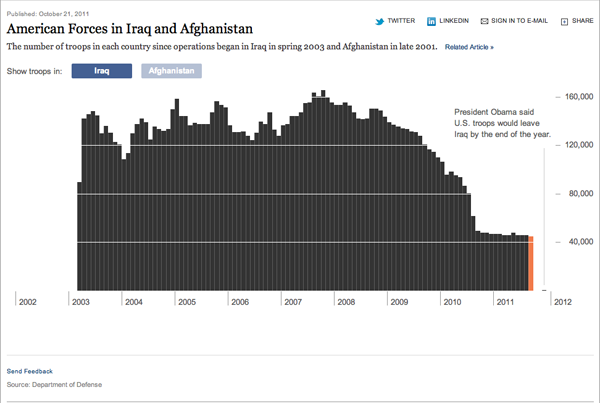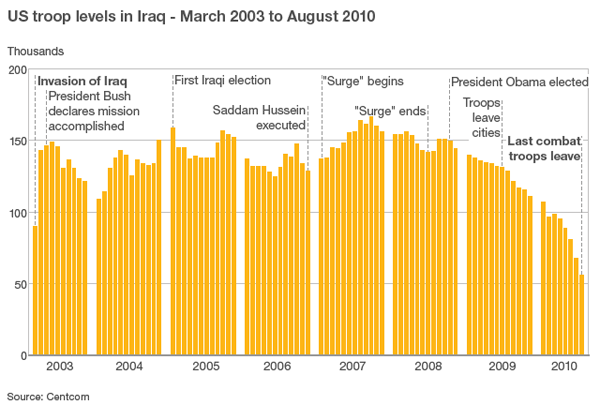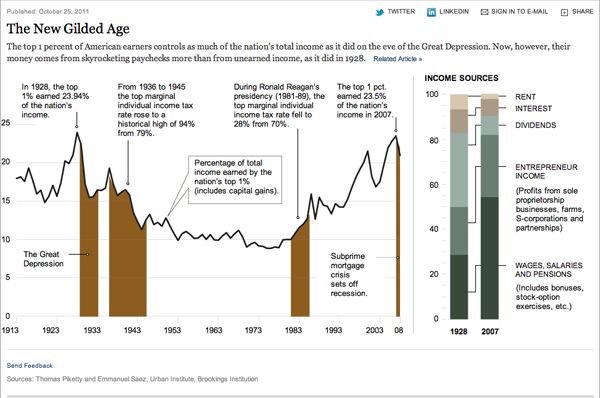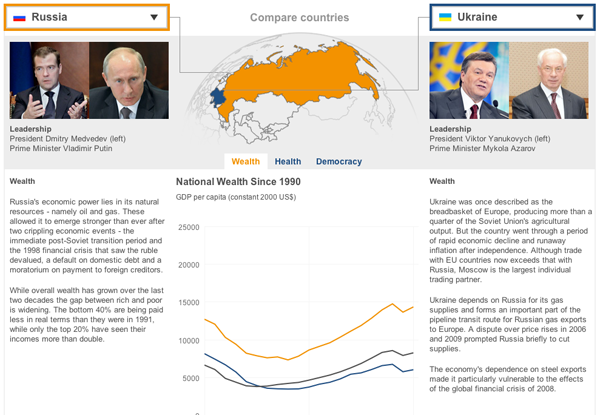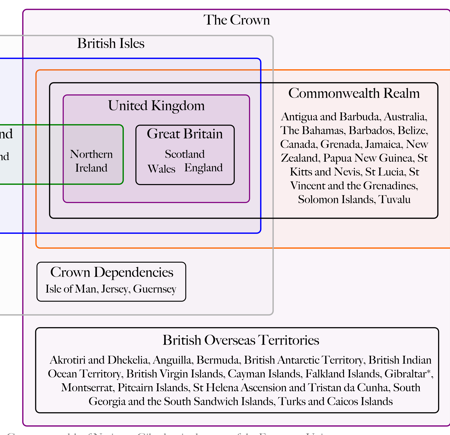Humanity is amazing. We have great emotional power for love, sympathy, compassion, &c. We have great intellectual power; we have/are mastering mathematics and science to explore the depths of this ocean and the surfaces of planets not our own.
Yet with these great powers comes a great responsibility. And as we continue to reflect upon the milestone of reaching a population of 7 billion men and women, Bill Marsh at the New York Times, along with Micah Cohen, Matthew Ericson, and Kevin Quealy, reflected Sunday on humanity’s ability to let this responsibility slip from time to time and how at those times the human population of Earth fell.
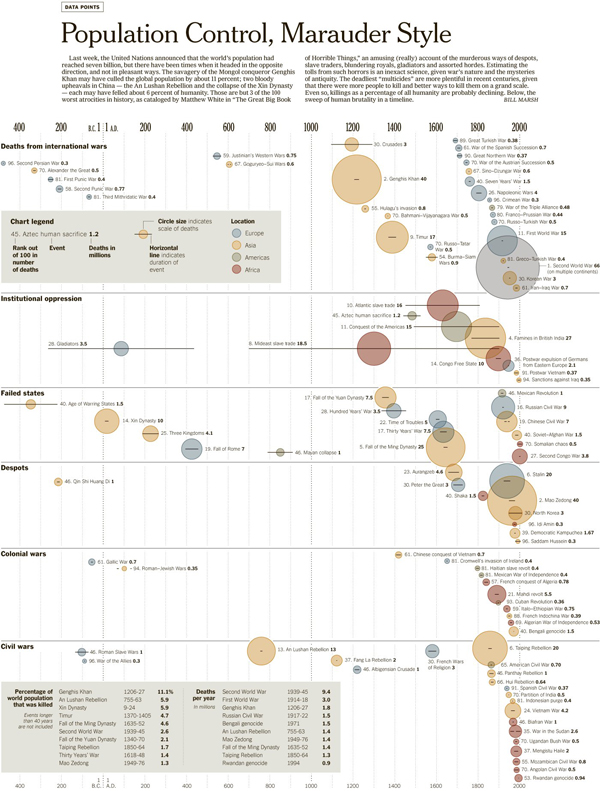
The data comes from a book by Matthew White called “The Great Big Book of Horrible Things” that details the worst 100 cases of man killing fellow man. (Although, according to Marsh the account is humourous, though I have never read it.) At the top are no particular surprises: World War II, World War I, and Genghis Khan. The reigns of Chairman Mao, Stalin, and the Kims of North Korea. But a look further down the list, further down the timeline reveals in all its tarnished glory the history of humanity when we not quite so amazing.

